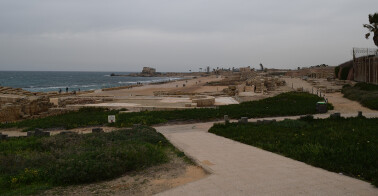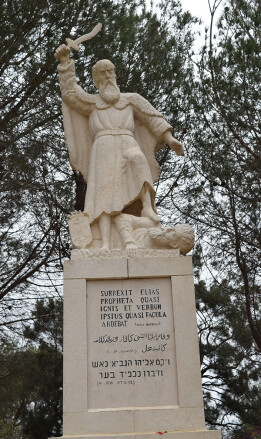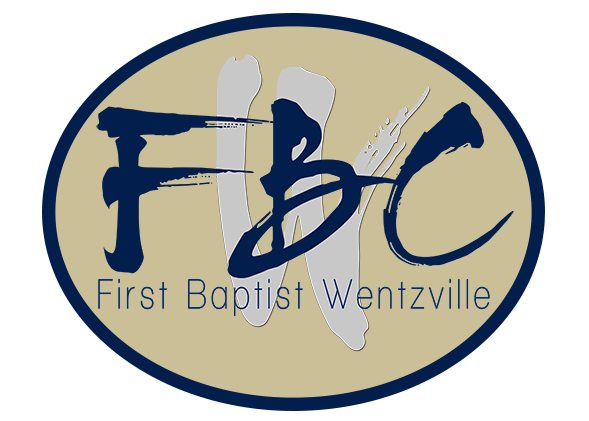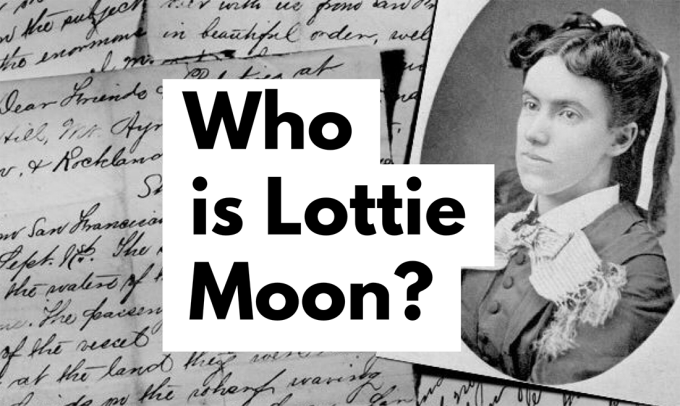It was Sunday morning and I was watching the sunrise on the Sea of Galilee. That was when I realized I really was in the land where Jesus walked. It had been obvious to me that we were in Israel when we got off the airplane at the Ben Gurion airport in Tel Aviv as we read signs posted in all three languages used in the country—Hebrew, Arabic, and English. Thus, we began a seven day vision trip to the Promised Land.
After the ten-hour overnight flight, the six of us arrived in Tel Aviv the previous morning, and then drove a few hours north to see the ruins of Caesarea Philippi that were built by Herod. The once glorious splendor and opulence was apparent as we walked around what remained of the complex of ancient streets and columns, and saw the remains of the Herodian Amphitheatre, and the Harbor on the Mediterranean Sea. This is where Peter was called by Cornelius and, as a result, the Holy Spirit first came to the Gentiles. It is also where the Apostle Paul was held for two years by Felix before being heard by Festus and finally after appealing to Caesar, was sent to Rome. An ancient aqueduct still stands nearby, but only as a reminder of the way water was transported in those days.
We then continued north to Mount Carmel where the prophet Elijah is remembered by a stone statue, and where we could look east and see Nazareth off in the distance. But, up on that mountain I could imagine the prophet calling upon God to rain down fire to consume the king’s men!
We continued and arrived in Tiberius on the Sea of Galilee where we spent our first night, recalling all we had seen that first day. Early the next morning, we walked over to the Sea of Galilee, which is actually a lake about 13 miles long and 8 miles wide. There were men on the water, in fishing boats pulling in their nets, just like in the days of Jesus. I wondered had life changed so little in the last 2,000 years there? The region around Galilee was where our Savior spent His youth and later His ministry years. There are several Roman Catholic and Greek Orthodox churches that were built where a known event from the Bible was supposed to have taken place. The Church of the Beatitudes, for example, is just north of Capernaum, where Peter lived, and where it is said that Jesus delivered the Sermon on the Mount. Ancient churches abound!
Heading south we crossed the Jordan River flowing out of the Sea of Galilee, toward Megiddo, also known as Armageddon. That hilltop has been created as archeologists have discovered some 26 cities, one built on the other. This means the city has been built and destroyed 26 times, and has become a wonder to explore today. From that hilltop looking down on the valley, it is hard to imagine this is the location of that final battle as recorded in Revelation 16.
Leaving Megiddo, we continued south and finally arrived at the site of our mission project, the Baptist Village (BV), where we spent three nights. Acquired in 1947 by the Foreign Mission Board as an orphanage for Arab children, over time it has morphed into a location involved in camps, sports activities, conferences, and education. Encompassing 75 acres, it is still owned by the International Mission Board, and competes for limited funding to operate. Our team had arrived to assist and provide some building repairs and staining wood. While some of us demolished old rotten boards, our teammates stained the boards for us to replace and install. The BV has a lengthy list of projects in need of workers and has solicited churches to come, spend a few days helping the BV, and also see the sights of Israel. It was a good break from the routine of touring and gave an opportunity to help a mission work on the field.
As we left the Baptist Village, we got on the highway and a winding climb to Jerusalem. Sitting high above its neighbors, Jerusalem is the crown jewel for the Hebrew, Christian, and Islamic faiths. Arriving at the Western or Wailing Wall, we had to go through the same electronic devices we see at airports and federal buildings. Security is evident everywhere. Men and women in police and military uniform were holding their weapons and were wired with communication devices to the unseen watchers of that holy ground. Men were directed to different sections of the wall than the women. All were instructed to cover our heads with caps or the yarmulkes provided nearby. Approaching the wall, I noticed little pieces of paper that carried the prayers of many and stuffed in cracks and openings within the wall. I saw men touching, leaning upon, holding, and crying on the wall. Some were praying with fervor and others in their own quiet solitude, blocking out the world around them. It was an experience I will carry forever.
Stepping back from the wall at just the right spot in the square, you could see the golden crowned Dome of the Rock which is closed to Non-Moslems. Guards were posted at the gates leading to the Dome and the Al-Aqsa Mosque, questioning those who did not look like they were locals. Yes, they do profile and if you don’t fit, you won’t be permitted in.
Had I time and space, I could tell you about our visits to the Garden Tomb, the Temple Mount (Mount Moriah), the Mount of Olives, the Garden of Gethsemane, the Old Jerusalem gates, the Church of the Holy Sepulcher, David’s tomb, and the path to our Savior’s crucifixion, Via Dolorosa. We spent the last three days in Jerusalem, with one day travelling further south to the Dead Sea and En Gedi, where King Saul tracked David, and finally to the high bluffs holding Masada, another of Herod’s architectural wonders.
Our last stop was at another mission of the IMB, this one in Jerusalem, the Jerusalem Prayer Center. The Prayer Center exists to provide a place where believers are encouraged to have a personal encounter with God. Operated out of a historical house just down the street from the Garden Tomb, it, too, has a project list in want of workers.
As we pray and look at future mission opportunities, Israel may be that unexpected prospect opened for us. Pray for the ongoing work in Israel and ask the Lord to show us His will for our involvement there.







